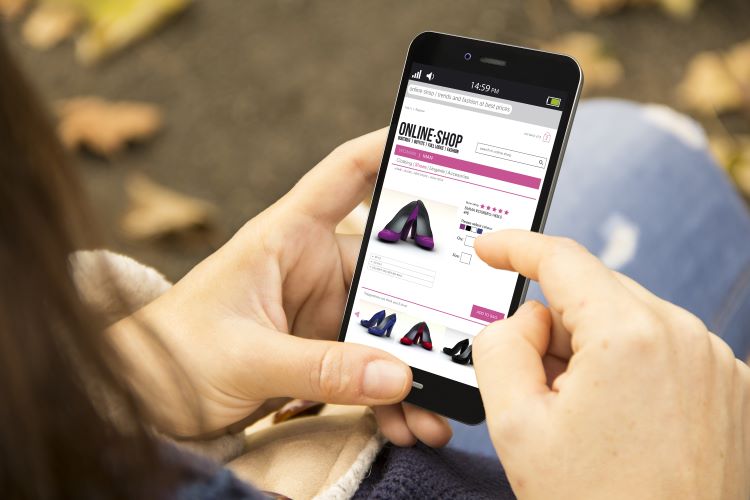Improving Conversion Rates with Enhanced Product Page Content
Effective product page content is a key factor for increasing conversion rates in ecommerce. This article outlines practical ways to improve listings, descriptions, images, mobile experience, checkout, and analytics so product pages convert more visitors into buyers across marketplaces and direct stores.

Improving Conversion Rates with Enhanced Product Page Content
Product pages are where interest turns into action. Clear, relevant content reduces friction, answers questions, and helps shoppers decide. Improving discoverability, optimizing images and descriptions, and smoothing checkout pathways can increase conversion rates without changing product assortment. Below are actionable strategies focused on listings, user experience, performance, and measurable improvements.
How do ecommerce listings affect discoverability?
Accurate, keyword-informed listings help shoppers find products on marketplaces and search engines. Use concise titles that include relevant terms buyers use, and maintain consistent category placement and attributes like brand, size, and color. Structured data or schema markup improves discoverability in search results. Keep inventory and pricing up to date so listings don’t lead to dead ends—outdated availability or mismatched prices damages trust and lowers conversion.
How to write product descriptions that drive conversion?
Descriptions should address intent and benefit, not just features. Start with a short, scannable summary for users who skim, then include details such as specifications, dimensions, care instructions, and compatible items. Use bullet points for readability and natural keyword inclusion for SEO. Avoid vague claims; instead, provide verifiable facts and use language that helps the buyer imagine using the product to increase confidence and reduce returns.
What role do images and performance play?
High-quality images that show different angles, scale, and contextual use improve perceived value. Include zoomable photos and, where appropriate, short videos or 360° views. Optimize image file sizes and use modern formats to maintain page performance—slow-loading pages harm both search ranking and conversion. Provide alt text for accessibility and discoverability, and ensure CDN delivery for consistent performance across regions.
How does mobile and checkout design influence conversion?
Mobile-first layouts, simplified navigation, and clear calls to action improve user experience on phones and tablets. Reduce required form fields at checkout, offer guest checkout, and clearly display shipping and returns information early. Payment options should reflect customer preferences for your market, and progress indicators can lower abandonment. Test mobile flows regularly; even small friction points can cause significant conversion drops on smaller screens.
How can pricing, inventory, and marketplaces impact conversion?
Transparent pricing and visible shipping costs prevent surprises that stop purchases. Use inventory signals (limited stock notices, restock dates) carefully to convey urgency without misleading customers. When selling across marketplaces and your own store, maintain synchronized pricing and inventory to avoid cancellations and negative reviews. Optimize product visibility using marketplace-specific best practices and localized pricing for different regions.
Pricing and provider comparisons for ecommerce platforms
Different platforms and services vary in setup, transaction fees, and scalability. Below are representative examples of common ecommerce hosting and marketplace options with typical cost expectations. These are illustrative estimates and should be verified before decisions.
| Product/Service | Provider | Cost Estimation |
|---|---|---|
| Hosted ecommerce platform (entry) | Shopify Basic | Approximately $29/month plus transaction fees |
| Hosted ecommerce platform (standard) | BigCommerce Standard | Approximately $29.95/month with varying fees |
| Self-hosted ecommerce (hosting + plugin) | WooCommerce (WordPress) | Hosting $5–30/month; extensions may add costs |
| Marketplace listing | Etsy | Listing $0.20 per item; transaction and payment fees vary |
Prices, rates, or cost estimates mentioned in this article are based on the latest available information but may change over time. Independent research is advised before making financial decisions.
How to use analytics and personalization to boost conversion?
Use analytics to identify drop-off points: product page exit rates, add-to-cart frequency, and checkout abandonment reveal where to focus optimization. A/B test headlines, images, and CTA wording to measure what improves conversion. Personalization—such as showing related items based on browsing history, localized promotions, or tailored recommendations—can increase average order value and conversion when implemented with privacy-compliant data practices.
Conclusion
Improving conversion requires both content quality and technical reliability. Strong descriptions, optimized images, clear pricing and inventory, mobile-friendly checkout, and data-driven personalization all contribute to better product pages. Regularly measure performance with analytics and iterate based on user behavior to sustain improvements across marketplaces and direct ecommerce channels.





